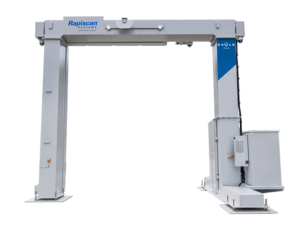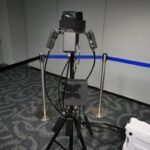
While there is no love from Democrats for the generous spending by the former Trump administration for a new border wall along portions of the southern U.S. border with Mexico, Democrats are proposing increased funding in fiscal year 2022 for border security technologies at and between ports of entry. Senate Democrats this month introduced their proposed FY ’22 homeland security appropriations bill, recommending that $1.9 billion in prior year funding for the border wall be rescinded and $124 million diverted…

 By
By 











